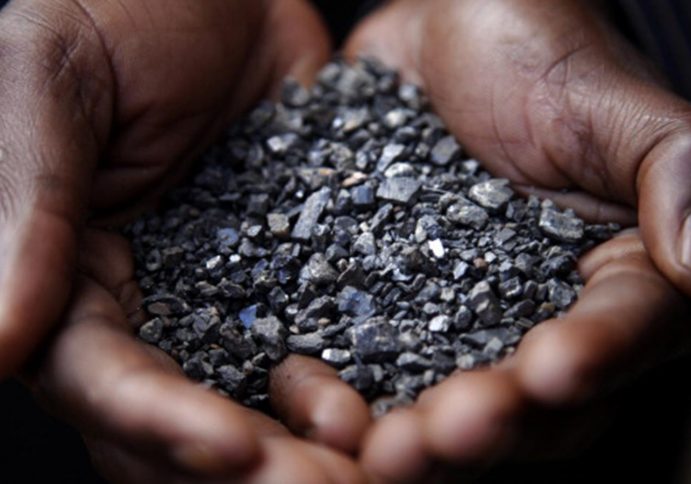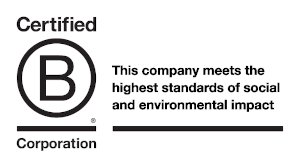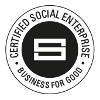Problematic resources
The UN’s annual Conference of the Parties (COP) has moved the disclosure of greenhouse gas emissions into the focus of the public, policymakers and businesses. But while the UK has made positive progress in reducing its greenhouse gas emissions by 42% between 1990 and 2017, the transition to low-carbon technologies has significant side effects because of the resources they depend on.
National and International Guidance
In its most recent Industrial Strategy, The UK government omitted its guidance on conflict materials, although the implications of conflict minerals and critical materials can be stifling, especially in the context of energy production. The EU is adopting voluntary regulation to mitigate risks, while the OECD provides supply chain guidance – the scope of both interventions is limited to the highest-risk materials and regions. Our so they would be able to mitigate increasingly volatile market conditions and protect communities from human rights abuses.
A tailored strategy for critical materials and conflict minerals
After the initial definition of conflict minerals and critical materials, we reviewed the company’s business and supply chain to assess the likelihood of exposure to these elements. There is no global consensus regarding which resources should be included in either group, so we established a tailored long-list of relevant materials and their respective applications across all business units. The materials’ relevance was assessed in terms of regulations, client policies and market behaviour. The result was a comprehensive overview of materials and minerals, ranked according to their potential risk to the company and its specific functions. This hotspot analysis established priorities for the company to address with its supply chain partners.
Our industry research also informed our client about how other businesses approached conflict minerals and critical materials. While none of the large energy companies in the UK have relevant policies in place or publicly available, renewable energy technology manufacturers address conflict minerals more often than critical materials, despite their reliance on the latter. Other technology companies show more awareness of and engagement with the topic. Generally, policies are based on the OECD guidelines, and companies tend to expect their suppliers to adhere to codes of conduct and participate in industry initiatives. Disclosure requirements seem to be an effective intervention to stimulate more collaboration along the supply chain.
Through interviews across all business units, we developed a set of recommendations for our client to intensify their efforts towards ‘critical material secure’ and ‘conflict mineral free’ supply chains. Recommendations included carrying out preliminary investigations and ‘deep dives’, implementing pilot initiatives arising from the business unit interviews, developing a corporate change strategy and pursuing cross-industry . Based on our recommendations, the company achieved greater supply chain transparency and developed its capability to manage exposure to critical materials and conflict minerals, and thereby reduce associated financial and reputational risks.
Towards for a low-risk low-carbon economy
Critical materials and conflict minerals are areas of concern for technology companies, particularly those who operate in the fields of renewable energy generation and consumer electronics, but insight and practical solutions remain scarce. In a business-as-usual scenario, the transition towards a high-tech low-carbon economy will exacerbate the risks that are associate with those resources. Our recommendation to our client focussed on establishing, consolidating and sharing internal knowledge about relevant material sources and stocks, investing in R&D to increase efficiencies and reduce reliance on high-risk materials.
Solving challenges around critical materials and conflict minerals requires more awareness, transparency and engagement at all levels and across supply .
Ultimately, the nature of critical materials and conflict minerals represent one of the strongest arguments for shifting towards a Circular Economy.
Related Links
Further Reading
Responsible Minerals Initiative
European Commission – Critical Raw Materials




